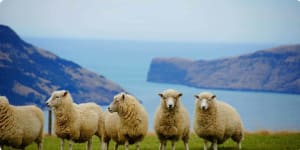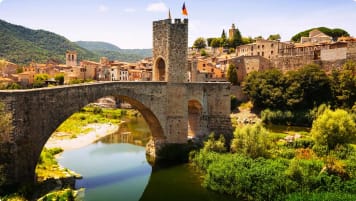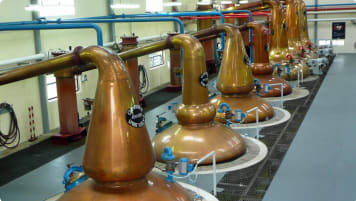Small group tour of New Zealand's North Island
Escorted 13 day small group tour of the East coast of New Zealand’s North island. Off the beaten track, for like minded people curious about history, culture, wine and landscapes. Your tour director and local guides share their knowledge with you the traveller on this New Zealand tour for senior travellers.
From £6,004GBP
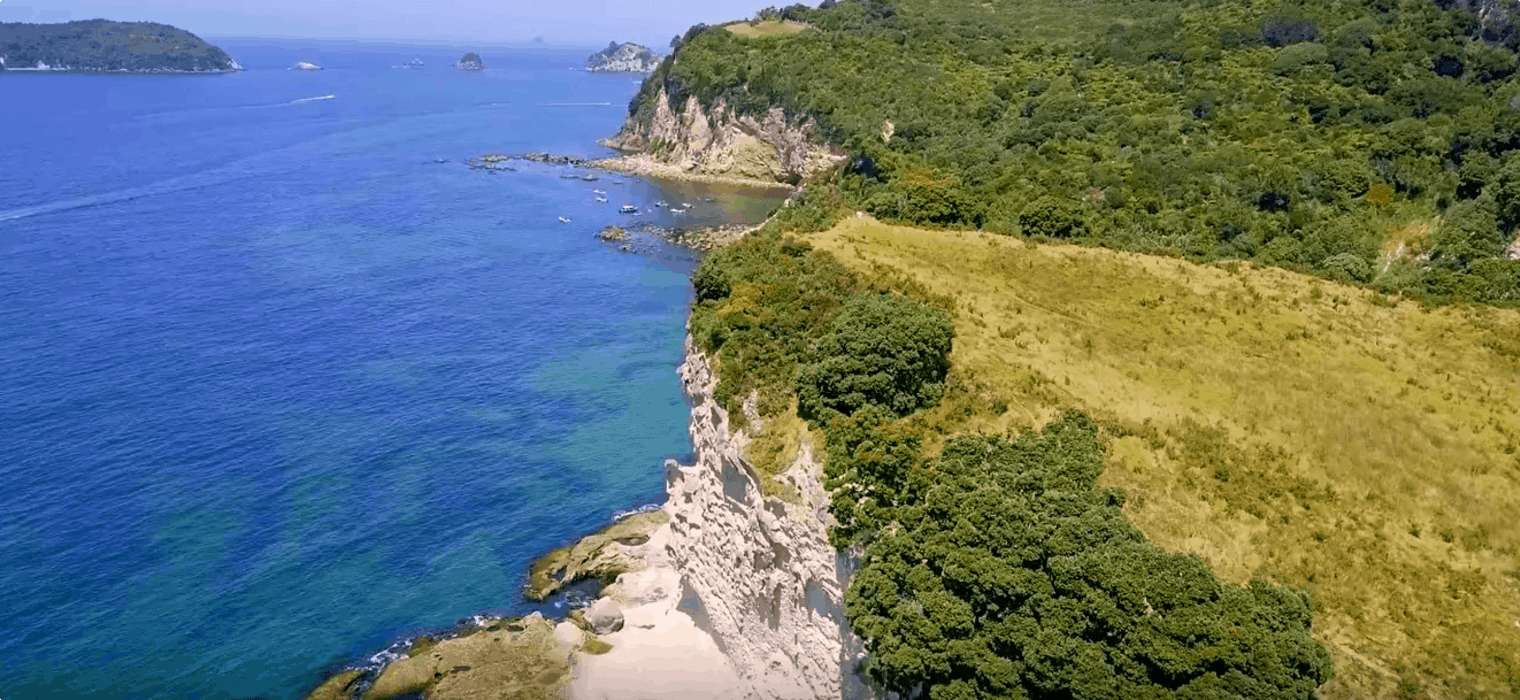
Highlights
- 1. Immerse yourself in the cultural narratives of Ngāti Awa as you get to know Mataatua Wharenui, the house that came home, New Zealand’s longest continually occupied settlement.
- 2. Spend time immersed in the Art deco city of Napier.
- 3. Hop on to your private charter and discover 12 km of rugged volcanic coastline Lonely Bay, Cooks Beach, Shakespeare Cliff and Hahei along the way.
- 4. Go on an ultimate journey of discovery, uncovering Waihi’s quest for gold that has spanned three centuries.
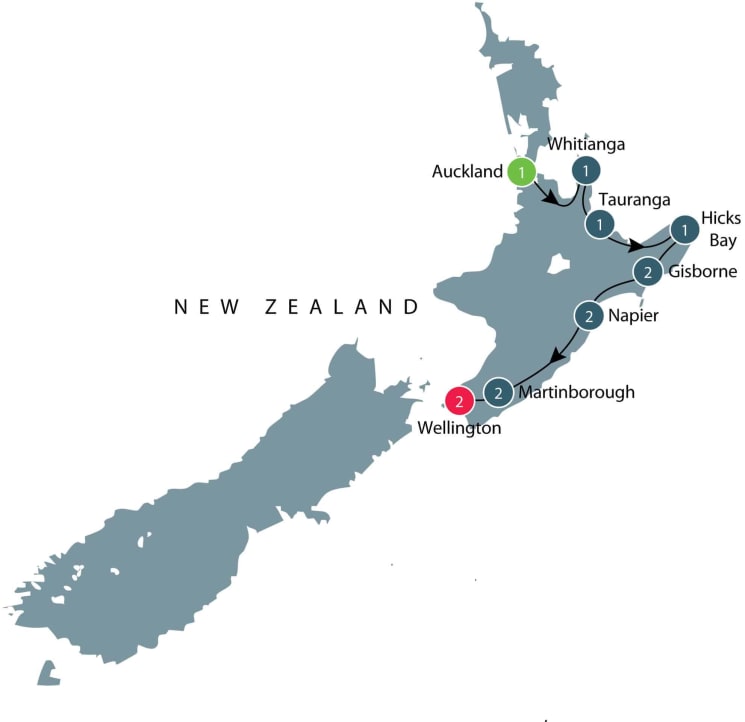
Departure Dates
| Departure Date | Price |
|---|---|
| 12 February 2024 Ends 25 February 2024 • 14 days £6,004 Twin £6,866 Single Available | Selected |
| 11 March 2024 Ends 24 March 2024 • 14 days £6,004 Twin £6,866 Single Available | |
| 07 October 2024 Ends 20 October 2024 • 14 days £6,004 Twin £6,866 Single Available | |
| 11 November 2024 Ends 24 November 2024 • 14 days £6,004 Twin £6,866 Single Available |
Small Group Tour of New Zealand's North island
Odyssey offers easy, convenient, and relaxed escorted small group tours across New Zealand. We explore the North island of New Zealand's fairy-tale natural beauty, and its World Heritage Sites, and world famous cities, all with some truly spectacular scenery along the way. This and more is all waiting to be explored on one of Odyssey’s small group tours of New Zealand designed for the senior traveller, and led by experienced, and enthusiastic like minded people.
Odyssey Traveller is pleased to introduce our new small group tour of New Zealand, focusing on the beautiful North Island. Our tour is for up to 15 people, typically mature and senior travellers joining as a couple or as solo traveller. This program will guide travellers through the history, Maori culture, and landscapes of the North Island of New Zealand. Our itinerary gets off the beaten track, following the east coast of the North Island from Auckland to Wellington.
For many visitors, the South Island gets all the attention, with the big tourist draws of Franz Josef Glacier, Milford Sound, Queenstown and historic Christchurch. But dig deeper and you'll find that New Zealand's North Island has as much to offer, including the beautiful Bay of Islands, Poor Knights Island, White Island, and Waiheke Island, the bird sancturary of Tiritiri Matangi, the Art Deco of Hawke's Bay, alpine Tongariro, and the glow worm caves in the Waitomo Caves complex.
The arrival of Europeans - mostly British settlers - in New Zealand set in motion a startling and ultimately largely successful co-existence with the Maori people, that will be the focus of this tour of New Zealand.
Both Maori traditional owners and new settlers had to come to terms with the fiercely disparate environments and climates found through New Zealand, from the subtropical north to the alpine south. This is the route we will follow on this tour, heading from Auckland on a journey through the Coromandel Peninsula, then tracking south through the Bay of Plenty to Tairawhitu (The East Cape), rich in Maori culture and travel experiences. From Gisborne through Hawkes Bay and the Wairarapa, grape vines dominate the landscape. Our road trip finishes in Wellington, New Zealand's capital city.
On our small group tour of New Zealand:
New Zealand (Maori: Aotearoa) is an island country with a total land area of 268,000 square kilometres (103,500 sq mi) in the southwestern Pacific Ocean. It is one of the most southernmost countries in the world, about 2,000 kilometres (1,200 mi) east of Australia. The country has two main islands: the North Island (Te Ika-a-Māui) and the South Island (Te Waipounamu), and about 600 smaller islands.
Our 13-day small group tour of New Zealand's North Island is the best guided tour of the island's east coast, designed especially for mature and senior travellers. In Auckland, you join your tour guide and after a welcome dinner, the adventure begins the following morning with a trip on the fast ferry, past the island of Waiheke, to the town of Coromandel. From here, we are collected in our coach and our guided tour begins.
This small group tour will be accompanied by an Odyssey tour guide and are joined by expert local guides who will impart their knowledge about the places we will visit. Odyssey conducts educational tours designed for small groups of mature and senior travellers, focusing on history, culture, wildlife and other areas of particular interest where the trip is taking place. A small group tour is typically between 6 to 12 people. The cost of an Odyssey Traveller guided tour is inclusive of all entrances (unless otherwise indicated), tipping, and majority of the meals throughout the trip.
This particular tour has periods of free time built into the itinerary, allowing you explore each destination at your own pace, and choose from a variety of available activities. This way, we make sure that there is something to enjoy for every kind of traveller.
Articles about New Zealand published by Odyssey Traveller:
- Questions about New Zealand
- Foundations for democracy in New Zealand: 900s - 1945
- Definitive Guide to Auckland, New Zealand
For all the articles Odyssey Traveller has published for mature aged and senior travellers, click through on this link.
External articles to assist you on your visit to New Zealand:
Gallery
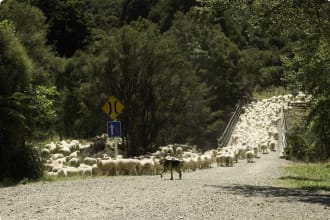
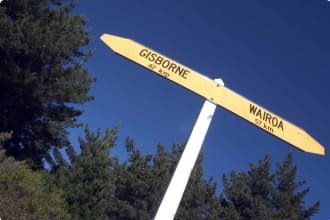
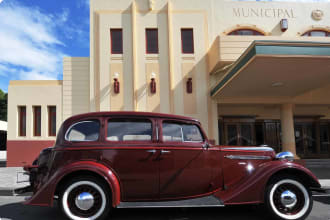
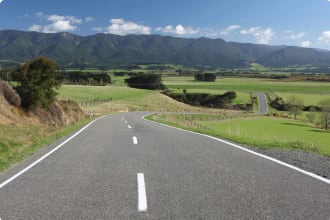
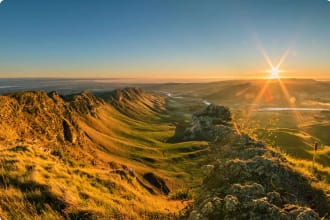
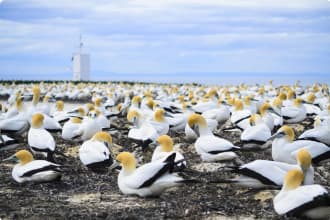
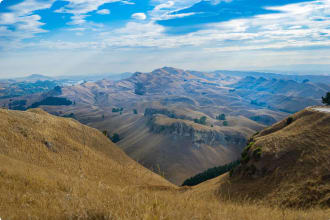
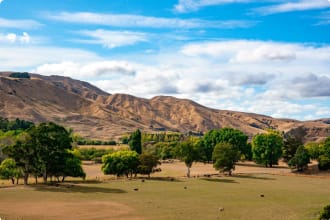
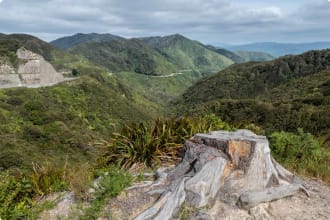
Itinerary
13 days
Day 1 : Auckland
Accommodation: Fable Auckland, or similar
Day 2: Auckland to Coromandel
Accommodation: Oceans Resort Whitianga, or similar
After breakfast leave your accommodation around 10:00 AM. Stop in Thames after 90 minutes for a break. This is the start of the Coromandel Peninsula. Coromandel, renowned for its natural beauty – rural farmland, misty rainforests and pristine golden beaches, native forests and laid-back vibe, is one of New Zealand’s most popular and best-loved holiday destinations. The Coromandel is blessed with hundreds of natural hideaways, making it an ideal place to escape, relax and unwind.
The next 60 minutes of the journey is a delightful winding coastal road with beautiful views, leading up to the small town of Coromandel. This is where we will stop for lunch. After lunch it’s a short 50-minute drive to the other side of the peninsula and our destination of Whitianga. Whitianga itself is a bustling little seaside town with a number of dining options.
In the afternoon we will hop on a private charter-boat and discover 12 km of rugged volcanic coastline visiting nearby islands and stunning beaches. Get you up close and personal with the impressive Cathedral Cove where Prince Caspian (Chronicles of Narnia) was filmed. Visit Lonely Bay, Cooks Beach, Shakespeare Cliff and Hahei along the way. Venture across the Te Whanganui-A-Hei Marine Reserve where you’ll observe an abundance of marine and bird life. Step back in time and picture the spectacular geological process that helped form towering pinnacles, giant blowholes and huge sea caves including Orua Sea Cave, one of the largest in NZ and only accessible by boat. Throughout the unforgettable journey your local guide will highlight Mercury Bay’s rich and colorful history giving a perfect balance of information and time to soak up the sights and sounds.
Day 3: Day Trip to Mercury Islands - Private Charter
Accommodation: Oceans Resort Whitianga, or similar
Today is a big day out to one of the prettiest places on earth – Mercury Islands. Depart at 8:00 AM for the 15 nautical mile journey in Windborne; a 1928 Topsail Schooner built in Porthleven England. She was built for Doctor W.Frothingham Roach, a keen racer who named her Magnet, hidden during WW2 to escape being taken by the British Admiralty for coastal patrol work. She turned up in the 60s in Canada under the name of Huegenot and then left for New Zealand about 1975. This cruise allows us to trim the sails and feel the old schooner heeling with the wind. Weather permitting, head for a sheltered bay, which you will have to yourselves. Once there, you have options to swim ashore in the crystal-clear water followed by a walk on the flawless beach or take a short jaunt through the bush to a stunning waterfall and enjoy a dip in the freshwater pool. Whatever you choose to do, native parrots, kaka and tui are abundant, so you are sure to catch sight of these beautiful creatures.
Day 4 : Whitianga to Whakatane via Waihi
Accommodation: The Complex - Whakatane, or similar
It’s a two hour run this morning down the peninsula to Waihi Beach and an early lunch at the iconic Flat White Cafe. Then a short back track to Waihi town where the Tour Gold Discovery. Go on an ultimate journey of discovery, uncovering Waihi’s quest for gold that has spanned three centuries. Discover modern gold mining up close and on a grand scale. Learn how today’s miners get the gold out of the rock and into gold bars. You’ll be fitted out with safety gear, given a safety briefing then taken inside the security fence to view the mine operations from the best available vantage points. You’ll be shown every stage of the process from ore extraction and crushing, through to final processing. There is plenty of massive mining equipment on show too. Your private guide will relate colorful stories from the mine’s past and answer any questions you may have about the modern operation. Then a two hour drive to finish in Whakatane. Stay 1 night at The Complex.
Day 5: Whakatane to Potaka
Accommodation: Lottin Point Motel, or similar
This morning starts in Whakatane with a traditional Maori welcome at the local meeting house.
Nau mai, haere mai Immerse yourself in the cultural narratives of Ngāti Awa as you get to know Mataatua Wharenui, the house that came home, New Zealand’s longest continually occupied settlement. Your journey begins by being welcomed onto the marae and into the scared house through the ancient ritual of pōwhiri. Follow by a guided tour and interactive cultural workshops, the experience in Mataatua Wharenui concludes with Hiko: Legends Carved in Light. Marvel at the intricacy of the carved representations of the great ancestors of Ngāti Awa as two of the most famous traditions of our tribe are brought to life before your eyes during this award-winning Mataatua visitor experience. Arrive a stranger, leave a friend with unforgettable memories of the house, the people, and the land of Ngāti Awa and Mataatua.
Then, after early lunch, it’s a 2 hours 20 minute drive up towards East Cape, stopping at various stops to the end of the road and quirky Lottin Point Motel.
Day 6: Potaka to Gisborne
Accommodation: Emerald Hotel - Gisborne, or similar
Today we we will visit Manuka Honey Facility. This is an interesting tribal-owned group that produces some of the finest honey in the country. They will show us some of their magic.
Then we continue south for two hours until we reach the Emerald Hotel in Gisborne. We will stop at the Tolaga Bay Wharf and a number of other places.
Day 7: Gisborne
Accommodation: Emerald Hotel - Gisborne, or similar
We are currently in discussions to see what we can create with local tribal elders.
In the afternoon, we will get kitted out in designer waders and embark on a walk across the reef at Tatapouri on the low tide with your experienced guides to meet with the Tamariki (Maori for children) of Tangaroa the Maori Sea God. During the tour, you’ll have the opportunity to observe and interact with the Stingrays, Eagle Rays, Kingfish, and other reef dwellers under the guidance. The guides will provide information about the local inhabitants who live on the reef.
Day 8: Gisborne to Napier
Accommodation: The County Hotel - Napier, or similar
In the morning we have a relaxed three hour drive to Napier, after which we can check in to our hotel and have a free afternoon to walk around the centre. There are lots of places to eat, some nice antique shops and lots of art deco architecture. After spending the last few days “on a mission” this gives us a chance to be independent for a while. Originally a gentleman farmer’s region, and now supporting a very successful Chardonnay and Bordeaux blends wine growing industry, this is a great place to enjoy the softer and more artistic aspects of New Zealand. The art deco town of Napier and local artists are also enjoyable. In 1931, when an earthquake ravaged Napier, enlightened locals rebuilt the centre entirely in Art Deco style. I’m told every type of art deco feature is incorporated here. This has contributed to the light, upbeat and stylish feeling of this city – if you’re into that sort of thing, definitely worth a look. This is a heavyweight winemaking area, with superb wines and excellent practices in existence. If you love chardonnays, merlots, cabernets and now syrahs – then this is a wonderfully relaxed and sophisticated place to do so.
Day 9: Napier- Martinborough
Accommodation: The County Hotel - Napier, or similar
Today is a day of choices. If you wish we can book you on one of a number of cycle routes through vineyards, or you can be left to your own devices, or you can agree on places to visit with your guide.
Day 10: Napier to Taupo
Accommodation: Hilton Lake Taupo, or similar
It’s a two hour run over the mountains across to Taupo. On the way there we will be deviating across beautiful private Lochinver Station. There we will meet with today’s guide, Tom Loughlin, who will introduce us to the Maori relationship with food and the outdoors. After that, it’s a quick hour into Taupo and a wide range of restaurant choices.
Tom Loughlin is an experienced Maori chef, outdoorsman, and search and rescue specialist (tracker). Tom is passionate about sharing the magic of the New Zealand bush with his guests, combining wonderful Maori/Irish humour with a deep knowledge about Maori relationships with the land. He manages a 5,000 acre block of Maori land up in the Kaimanawa Ranges, an hour outside Taupo, and takes guests as well as Maori groups out there to hunt, gather, cultivate, prepare, cook, and hike. To find out more about the day with Tom, click on our E Book.
Day 11: Taupo - Wellington
Accommodation: Ramada by Wyndham - Wellington, or similar
We’ll be visiting Delani Brown, acclaimed master carver, probably in his workshop. And spending a bit more time with Tom, from yesterday, as we check out a few local, under the radar, places. Maori Creations – A Day with a Carver. In the Maori world, the carver is second only to the chief in a tribe. This is because the carver is the keeper of history and traditions. Maori had no alphabet when Europeans arrived yet were capable of reciting their genealogy dozens of generations back. This knowledge was kept in carvings and weavings, and blended with spiritual knowledge. A day with Delani Brown, acknowledged Master Carver, will give you a gentle introduction into this world through his eyes.
After the Carver experience, drive from Taupo to Wellington (drive time 4 hours 50 minutes) with few stops on the way.
Day 12: Wellington
Accommodation: Ramada by Wyndham - Wellington, or similar
This morning a private guide will pick you up from your accommodation to experience a half-day Wellington walking tour. Today you will be visiting various historic points like Pukeahu National War Memorial Park, Old Bank Arcade and then a short walk-up to Cable Car. Back to Lambton Quay and an easy stroll to Parliamentary precinct via Stout Street. After a short coffee break, walk along waterfront towards Te Papa with a view to lunch at Karaka Cafe (Te Whare Waka). A group Farewell dinner has been organised for the evening. Meet your driver/ guide at the reception in the evening.
Day 13: Wellington
This small group tour of New Zealand journey down the East coast of the north Island concludes after breakfast.
Haere pai atu, hoki pai mai! Travel safely!
Includes / Excludes
What’s included in our Tour
- 12 nights accommodation.
- 13 breakfasts, 6 lunches and 2 dinners
- Transport by modern and comfortable coach.
- Entrances and sightseeing as specified.
- Services of a Tour Leader for the duration of tour.
- Detailed Preparatory Information.
What’s not included in our Tour
- Return international airfares and departure taxes.
- Comprehensive travel insurance.
- Items of a personal nature, such as telephone calls and laundry.
Participants must be able to carry their own luggage, climb and descend stairs, be in good health, mobile and able to participate in 3-5 hours of physical activity per day, the equivalent of walking / hiking up to 8 kilometers per day on uneven ground.
Book now
Make it a private tour
Easing your journey
Crossing international borders with restrictions
The list of requirements to travel internationally has changed and will continue to change for several years. Odyssey is here to assist you in managing your way through these requirements:
For more information see our Crossing international borders with restrictions page.
Book With Confidence
If less than 30 days before your tour starts you are unable to travel as a result of Government travel restrictions, Odyssey Traveller will assist you with a date change, provide you with a credit or process a refund for your booking less any non-recoverable costs.
See Terms and conditions for details.
Peace of Mind Travel
The safety of our travellers, tour leader, local guide and support staff has always been our top priority and with the new guidelines for public health and safety for keeping safe for destinations around the world, we’ve developed our plan to give you peace of mind when travelling with us.
See Peace of Mind Travel for details.
Reading List Download PDF
History and Traditions of the Maoris of the West Coast, North Island of New Zealand Prior to 1840
Stephenson Percy Smith
Excerpt from History and Traditions of the Maoris of the West Coast, North Island of New Zealand Prior to 1840
This history is much longer than perhaps suits the ordinary reader indeed, it is over a hundred pages more than was originally contemplated. But the amount of information collected will prove of interest to those living in the localities mentioned in after times; and it could never be collected again, for the old men who gave it have now passed on to Te Hono-i-wairua.
To others than members of the Polynesian Society it is right to say that the book has been published in the Society's Journal by instalments - it would otherwise never have appeared on account of the expense - and that the number of maps in it is due to the liberality of the Government, who had them drawn and printed at their expense.
About the Publisher
Forgotten Books publishes hundreds of thousands of rare and classic books. Find more at www.forgottenbooks.com
This book is a reproduction of an important historical work. Forgotten Books uses state-of-the-art technology to digitally reconstruct the work, preserving the original format whilst repairing imperfections present in the aged copy. In rare cases, an imperfection in the original, such as a blemish or missing page, may be replicated in our edition. We do, however, repair the vast majority of imperfections successfully; any imperfections that remain are intentionally left to preserve the state of such historical works.
New Zealand: People, Places and Events that Shaped the History of New Zealand
James Boyle
New Zealand is a country that has forever been admired for its beautiful landscapes – a wilderness that barely seems to be touched by humans. The populated areas are surrounded by forests, plains, rocky mountains – even beaches. All of this gives New Zealand that heavenly vibe.
However, the place we admire today has been heavily affected by its history. People who wanted to farm the land versus people who wanted to keep the land the way it is. A land that, despite the wars it had been through, has managed to hang on to its beauty.
Packed with colonization, war and expansion, the history of New Zealand is something everyone should know and study in this day and age.
The Penguin History of New Zealand
Michael King
New Zealand was the last country in the world to be discovered and settled by humankind. It was also the first to introduce full democracy. Between those events, and in the century that followed, the movements and conflicts of human history have been played out more intensively and more rapidly in New Zealand than anywhere else on Earth.
The Penguin History of New Zealand tells that story in all its colour and drama. The narrative that emerges is an inclusive one about men and women, Maori and Pakeha. It shows that British motives in colonising New Zealand were essentially humane; and that Maori, far from being passive victims of a 'fatal impact', coped heroically with colonisation and survived by selectively accepting and adapting what Western technology and culture had to offer.
Pounamu Pounamu
Witi Ihimaera
Pounamu Pounamu is classic Ihimaera. First published om 1972, it was immediately endorsed by Maori and Pakeha alike for its original stories that showed how important Maori identity is for all New Zealanders. As Katherine Mansfield did in her first collection In a German Pension (1911), and Janet Frame in The Lagoon (1951), Witi Ihimaera explores in Pounamu Pounamu what it is like to be a New Zealander - but from a Maori perspective. The seeds of Ihimaera's later works are first introduced in this ground-breaking collection: The Whale Rider in his story 'The Whale', The Rope of Man in 'Tangi', and the character of Simeon form Bulibasha, King of the Gypsies in 'One Summer Morning'; and the themes of aroha (love), whanaungatanga (kinship) and manaakitanga (supporting each other), which are so intergral to Ihimaera's work.
Do They Speak English Down There?
Susan C. Tunney
Read how one family transformed a fantasy into reality when they traded in their San Diego lifestyle to move to rural New Zealand along with the challenges it presented adapting to a new culture. From duct tape to #8 wire, its been one helluva journey.
